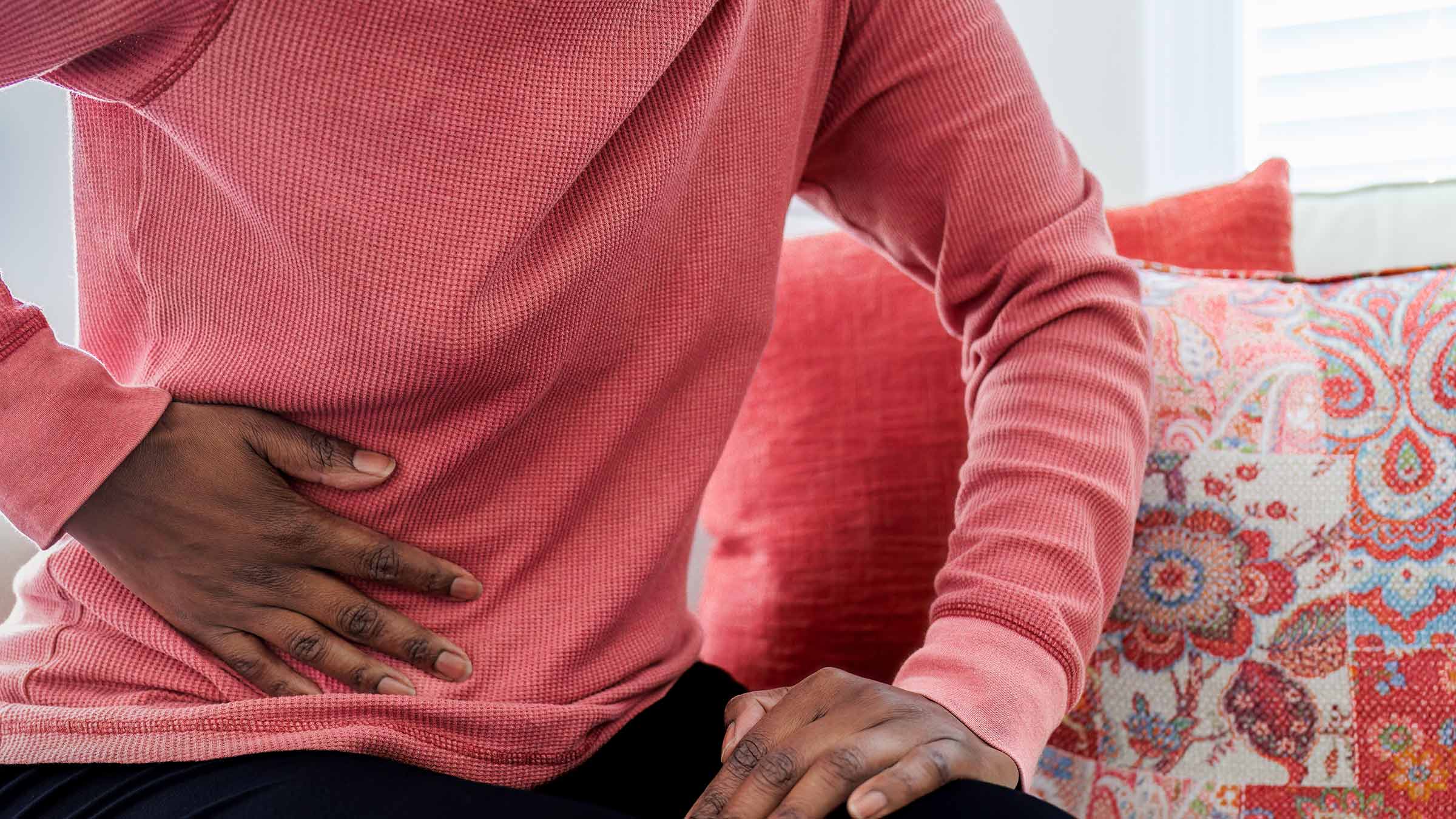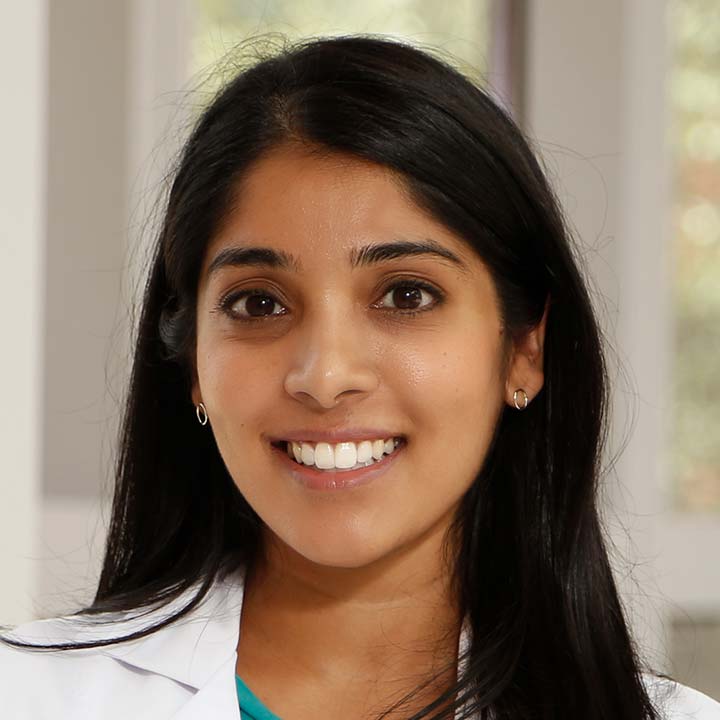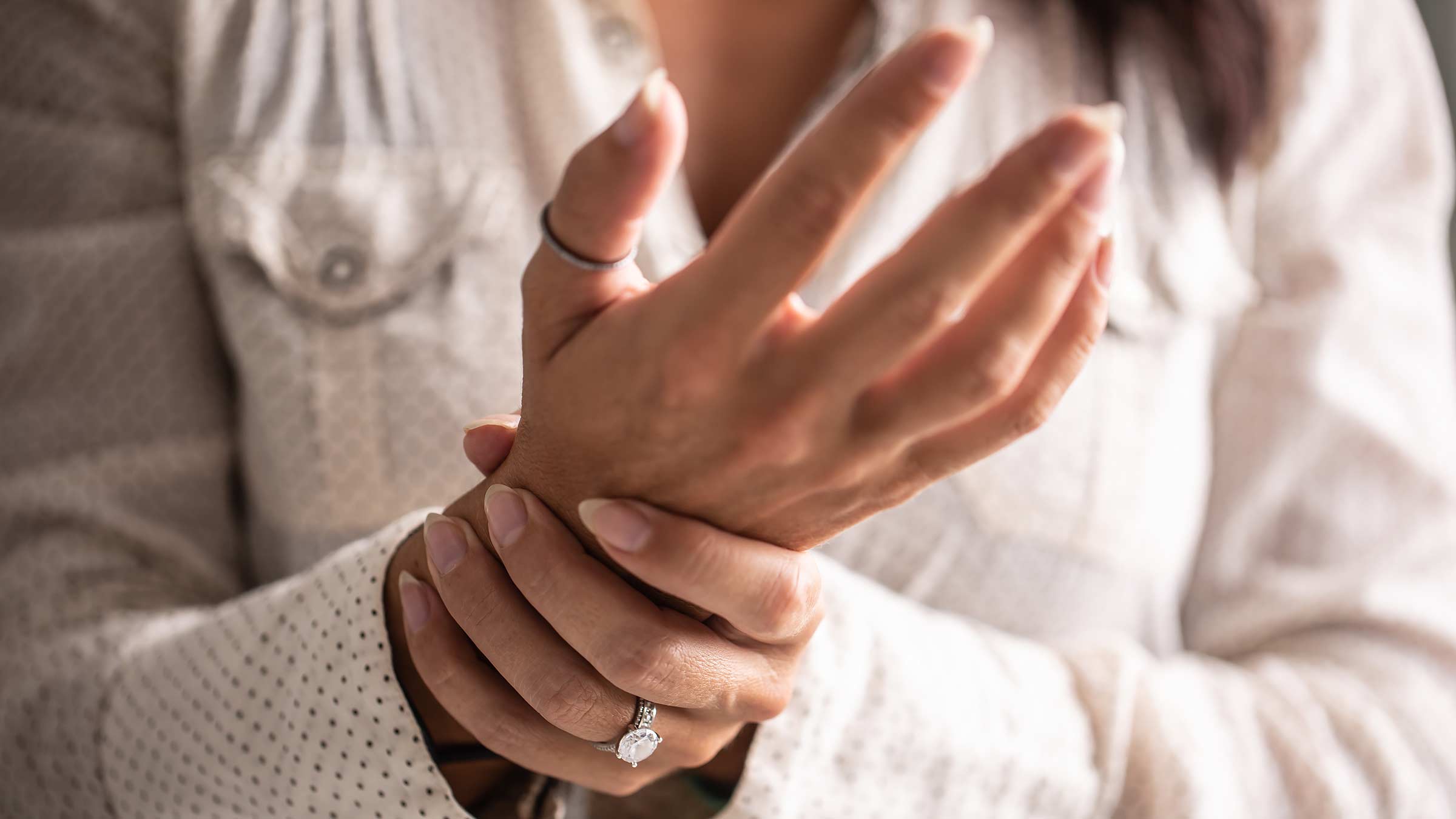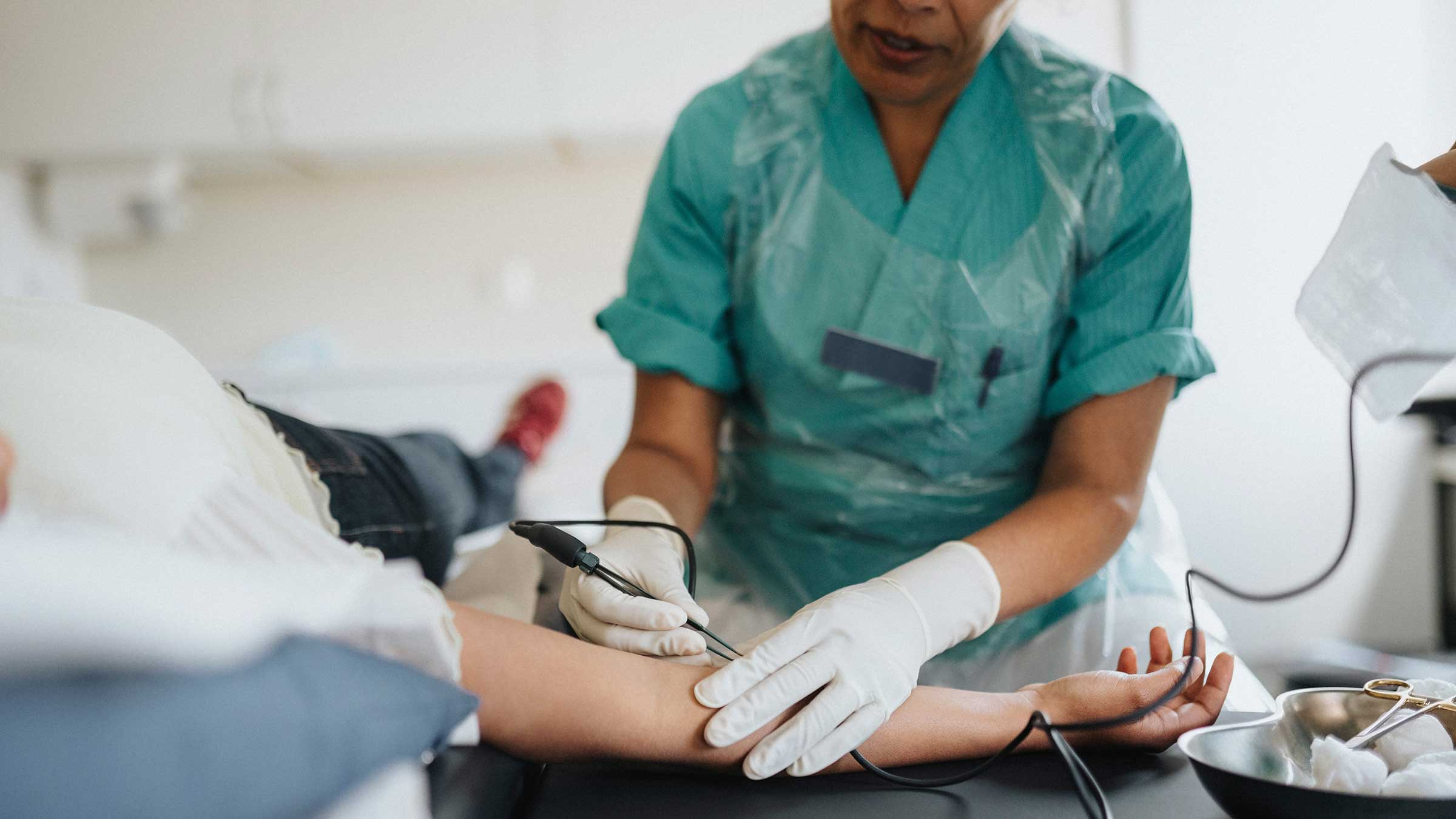What to know about ovarian cysts
Learn the causes, types and symptoms of ovarian cysts, and when you should seek medical attention.
Ovarian cysts are fluid-filled sacs that develop on or within the ovaries, and they’re common during the reproductive years. Let’s address some of the most frequently asked questions about these cysts and what you should know about them, especially if you’re at risk.
What causes ovarian cysts, and do they resolve on their own?
Most ovarian cysts are benign and resolve on their own. While many cysts are a normal part of the menstrual cycle (such as a functional or follicular cyst associated with ovulation), some are caused by other factors such as hormonal imbalances, endometriosis or pelvic infections.
Types of ovarian cysts
- Functional cysts
These are the most common type and are associated with ovulation. They include follicular cysts (when a follicle doesn't release an egg) and corpus luteum cysts (when the follicle doesn't shrink after releasing an egg). - Dermoid cysts
These are benign cysts that can contain skin, hair, teeth and other tissue types. Most patients with dermoid cysts have no symptoms. - Endometriomas
These cysts are a form of endometriosis, a condition where tissue similar to the uterine lining grows outside the uterus. These cysts are filled with old blood. - Cystadenomas
These develop from cells on the ovary’s outer surface and can be filled with fluid or a thick, sticky substance. - Hemorrhagic ovarian cysts
These are functional cysts that are filled with blood. They can be painful, but most of the time they’ll resolve on their own with time. If they rupture and continue to bleed, they may need surgical intervention.
Polycystic ovary syndrome (PCOS) is a condition characterized by multiple small cysts on the ovaries.
What are the symptoms of an ovarian cyst?
Most ovarian cysts don’t cause any symptoms, but some people may experience:
- Bloating
- Pelvic pressure
- Intermittent pelvic pain
- Pain with sexual intercourse or exercise
- Painful bowel movements
- Nausea and vomiting (especially with ovarian torsion)
Pain from an ovarian cyst can be mistaken for pain caused by other conditions, including appendicitis, endometriosis, irritable bowel syndrome (IBS), urinary tract infections (UTIs), ectopic pregnancy, fibroids and even ovarian cancer.
Where is the pain with an ovarian cyst?
Ovarian cyst pain is typically felt in the lower abdomen, below the belly button, on the same side where the cyst is located. The pain can vary in intensity, ranging from a dull ache to a sharp, stabbing sensation. The pain may also radiate to the lower back or thighs. If the cyst ruptures or twists, the pain can be sudden and severe.
How are ovarian cysts diagnosed and treated?
Ovarian cysts are diagnosed through a physical exam and a pelvic ultrasound. Your physician may also order a blood test to determine the type of cyst. This process can help determine whether surgery is needed or whether there’s a concern for cancer.
Treatment depends on several factors, including the type of cyst, its size, whether it’s causing symptoms, and a patient’s overall health and age.
Many ovarian cysts are functional cysts, which often resolve on their own without treatment. For these, a “watch and wait” approach with follow-up ultrasounds is common.
If your ovarian cyst is small and being monitored, you can maintain your usual activities. For mild pain, your physician may recommend over-the-counter pain relievers, a heating pad, and rest.
If a cyst is larger, causing symptoms, affecting fertility or suspected to be cancerous, surgical removal may be necessary.
If an ovarian cyst ruptures and there’s excessive internal bleeding, treatment may involve surgery to stop the bleeding and remove the cyst.
What to expect after an ovarian cyst rupture
A ruptured ovarian cyst can cause sudden, sharp pain in the lower abdomen, often on one side. The pain may be accompanied by other symptoms like nausea, vomiting, dizziness or fever, especially if there's significant bleeding or infection. Some people experience no symptoms at all, while others have mild discomfort.
You should seek immediate medical attention if you experience these symptoms:
- Severe pain: if the pain is intense and doesn't subside
- Fever and vomiting: These could indicate an infection.
- Dizziness or lightheadedness: This could indicate significant blood loss.
- Heavy vaginal bleeding: Seek medical attention if the bleeding is excessive.
- Signs of infection: fever, chills or pus-like discharge
- Symptoms of ovarian torsion: Sudden, severe pain, nausea and vomiting — some may describe being doubled over in pain or unable to walk.
Things to consider:
- Not all ruptured cysts cause symptoms; some people may not even realize they have a ruptured cyst.
- Ruptured cysts usually heal on their own, but it’s important to monitor symptoms and seek medical attention if complications arise.
- Underlying conditions: Symptoms similar to those from a ruptured cyst can sometimes be caused by conditions like endometriosis or PCOS.
What is ovarian torsion?
Ovarian torsion is when an ovarian cyst twists around the ligaments that hold it in place. This twisting can cut off blood flow to the ovary and fallopian tube, leading to symptoms such as nausea, vomiting and pain.
Ovarian torsion can cause severe pain and other symptoms because the ovary is not receiving enough blood. If the condition continues for too long without treatment, it can lead to ovarian necrosis (tissue death), loss of the ovary and, in rare cases, infertility.
Ovarian torsion usually affects only one ovary. If ovarian torsion is suspected, urgent surgical intervention may be needed.
Are ovarian cysts genetic?
Most ovarian cysts aren’t directly inherited, but genetics can increase the risk of certain types like dermoid cysts and those linked to PCOS. Endometriosis, which can cause cysts, also has a genetic component.
Can diet modifications prevent ovarian cysts?
While there isn’t a lot of evidence supporting dietary changes to prevent ovarian cysts, an anti-inflammatory diet or Mediterranean diet may be helpful. This typically consists of a balanced diet that’s rich in fiber, lean protein and healthy fats while limiting processed foods, sugary drinks and excessive red meat.
Can birth control lower the risk of ovarian cysts?
Birth control that suppresses ovulation, such as traditional birth control pills, can lower the risk of some types of recurrent ovarian cysts. If you have a history of cysts, your doctor may suggest starting birth control.

Take charge of your health
Learn about obstetrics and gynecology services from central Ohio's most experienced team.
Get started








